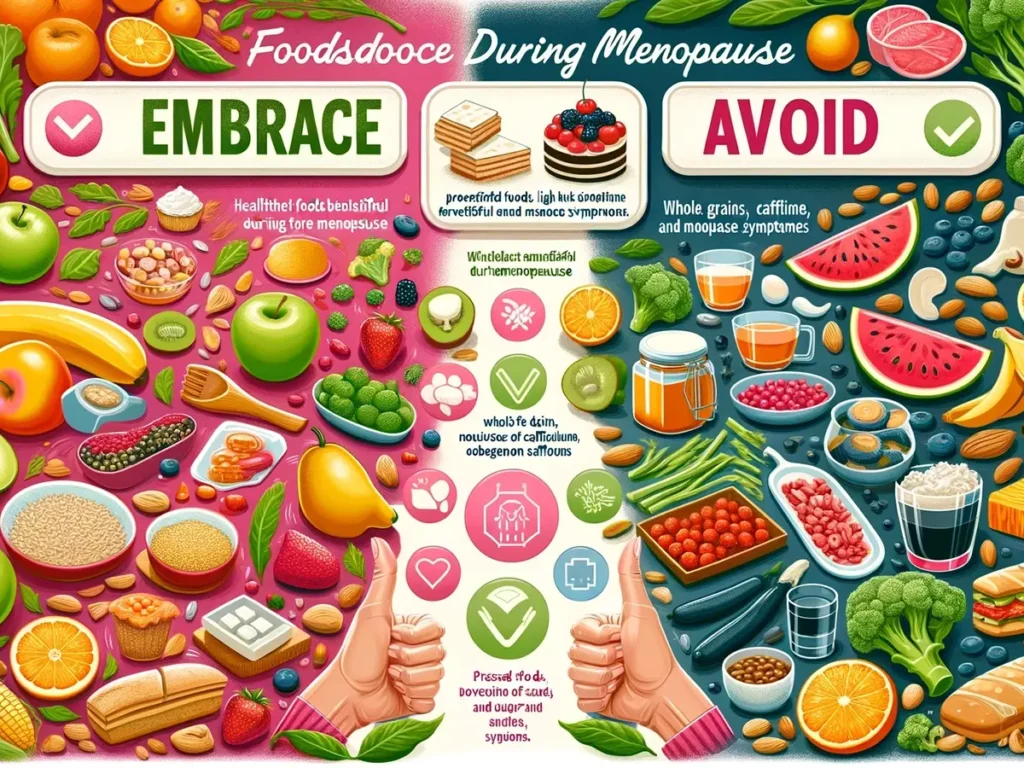Menopause is a natural biological process that marks the end of a woman’s reproductive years. While it brings about many changes in the body, one of the lesser-known effects of menopause is its impact on joint health. The hormonal changes during menopause can lead to joint pain, stiffness, and inflammation.
Estrogen, a hormone that plays a crucial role in maintaining healthy joints, decreases during menopause. This decline in estrogen levels can reduce bone density, making women more susceptible to conditions such as osteoporosis and osteoarthritis.
Joint pain and stiffness are common symptoms experienced by many menopausal women. These symptoms can affect joints, including the knees, hips, wrists, and fingers. The pain may range from mild to severe and can be accompanied by swelling and a reduced range of motion.
Fortunately, there are several ways to manage joint health during menopause:
1. Regular Exercise
Engaging in regular physical activity can help improve joint health. Low-impact exercises such as walking, swimming, and cycling can help strengthen the muscles around the joints and reduce stress on them. It is important to choose exercises suitable for your fitness level and avoid high-impact activities that can strain the joints excessively.
2. Maintain a Healthy Weight
Excess weight can stress the joints more, leading to increased pain and discomfort. Maintaining a healthy weight can help alleviate joint symptoms. Eating a balanced diet and regular exercise can help achieve and maintain a healthy weight.
3. Use Heat or Cold Therapy
Applying heat or cold to the affected joints can help reduce pain and inflammation. Heat therapy, such as warm baths or heating pads, can help relax the muscles and increase blood flow to the joints. Cold therapy, such as ice packs or cold compresses, can help numb the area and reduce swelling.
4. Incorporate Joint-Friendly Foods
A healthy diet rich in joint-friendly foods can help support joint health during menopause. Foods rich in omega-3 fatty acids, such as fatty fish, walnuts, and flaxseeds, can help reduce inflammation. Additionally, consuming foods rich in calcium and vitamin D, such as dairy products and leafy greens, can help maintain strong bones.
5. Consider Hormone Replacement Therapy
In some cases, hormone replacement therapy (HRT) may be recommended to manage menopausal symptoms, including joint pain. HRT helps replenish estrogen levels in the body, which can help improve joint health. However, discussing the risks and benefits of HRT with a healthcare professional before considering this treatment option is important.
Managing joint health during menopause is essential for maintaining overall well-being. Incorporating these tips into your lifestyle can help alleviate joint pain and improve your quality of life during this stage.






